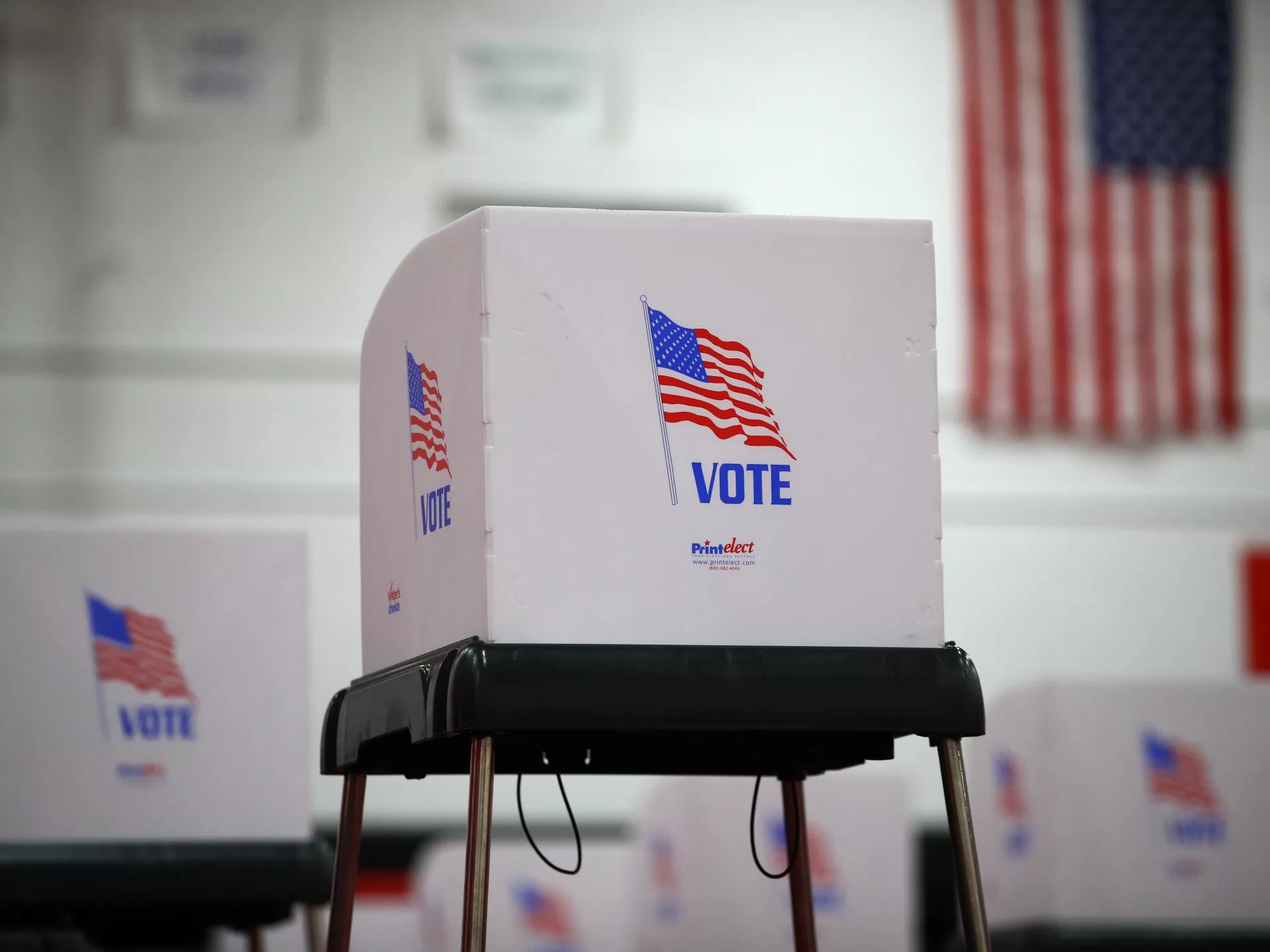EXPLAINER
Gerrymandering, the partisan redrawing of voting districts, is as old as the US and yet is still a controversial part of its elections.
It’s been called vote-rigging, a power grab and just plain sneaky.
But it’s legal, and both Republicans and Democrats do it.
Gerrymandering, the process of redrawing voting districts to favour political parties, is almost as old as the United States and yet still very much part of the modern political process.
In this year’s general election, it could affect the outcome of crucial races for the US House of Representatives as well as state legislatures.
How does gerrymandering work?
Generally, once a decade, states update their voting districts to reflect population changes.
That’s where gerrymandering creeps into the process. Political parties try to redraw the electoral maps to give their side the greatest number of seats in state legislatures and Congress.
The district boundaries are manipulated to put like-minded voters together or to split them apart, either amplifying or diluting their voting power.
The results are often contorted districts with meandering boundaries drawn to include some voters and leave others out.
Essentially, gerrymandering allows politicians to choose their voters instead of the other way around.
The word was invented in 1812 when the governor of Massachusetts, Elbridge Gerry, redrew the electoral map for the state Senate to benefit his party.
The result was an oddly shaped district that looked like a salamander.
It inspired cartoonist Elkanah Tisdale to draw a mythical creature for the Boston Gazette, calling it the “Gerry-mander”. The name stuck.
Forging complacent politicians?
Gerrymandering is controversial — and not just because it’s a blatant grab for votes. Critics claim it can dilute the voting power of racial minorities and undermine democracy.
A 2023 study by Harvard University researchers found that gerrymandering often creates “safe” seats for politicians, meaning their races are less competitive. In turn, those politicians become less responsive to the needs of their constituents, who become discouraged about voting as a result.
At least eight states have clear language in their constitutions against the partisan redrawing of voting districts. Others use independent commissions to make the changes. But the majority of states lack safeguards.
National efforts in the last Congress also failed to ban partisan gerrymandering.
In 2019, the US Supreme Court ruled it’s up to state courts to deal with legal battles over voting maps.
So now, it’s a state-by-state fight over the role of partisan politics in voting districts — with some recent rulings potentially affecting the outcome of the 2024 election.
For example, in South Carolina, a new voting map has turned a swing district into a safer Republican one, causing outrage among voting rights advocates.
In Louisiana and Alabama, meanwhile, newly drawn maps could mean at least one more House seat in each state for Democrats.
And in North Carolina, the state supreme court ruled in favour of a gerrymandered congressional map, possibly giving Republicans three more House seats.
Each of those races is significant: Control over the US House of Representatives is decided by district-level votes, with the fate of national legislation hanging in the balance.
